The impact of social media on beauty standards | |
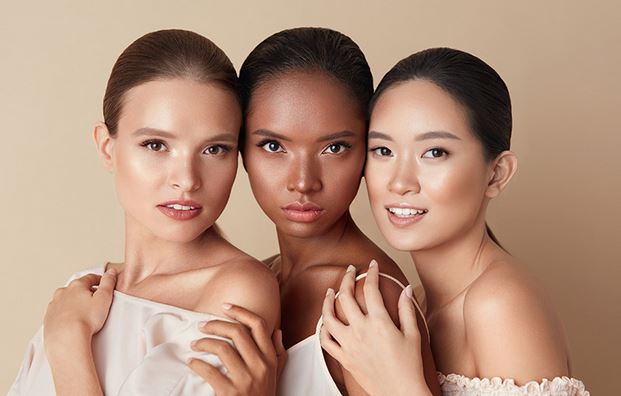
| |
In today's digital age, social media platforms have become powerful influencers in shaping beauty standards and ideals. With the click of a button, we are exposed to a constant stream of carefully curated images, filtered selfies, and flawless appearances. The impact of social media on beauty standards is undeniable, as it has both positive and negative implications for individuals' self-esteem, body image, and overall perceptions of beauty. In this article, we will delve into the profound effects of social media on beauty standards, explore the challenges it presents, and discuss how we can foster a healthier and more inclusive beauty culture. The Influence of Social Media on Beauty StandardsSocial media platforms, such as Instagram, Facebook, and TikTok, provide a vast landscape for beauty influencers, brands, and individuals to showcase their idealized versions of beauty. Here are some key ways in which social media shapes beauty standards:
While the impact of social media on beauty standards can be detrimental, it's important to acknowledge that these platforms also provide opportunities for positive change and inclusivity. Challenging Beauty Standards on Social MediaDespite the prevalence of unrealistic beauty standards, social media also offers a platform for challenging and redefining beauty norms. Here's how individuals and communities are using social media to foster a more inclusive beauty culture:
Frequently Asked Questions (FAQs)1. How can I protect my self-esteem while using social media? Protecting your self-esteem while using social media requires conscious effort. Remember that social media is a highlight reel, and not an accurate representation of reality. Limit your time spent on these platforms, curate your feed to include diverse voices and body-positive content, and practice self-compassion by focusing on your unique qualities and achievements. 2. Are there any positive effects of social media on beauty standards? Yes, social media has the potential to foster positive effects on beauty standards. It can amplify underrepresented voices, promote self-acceptance, and facilitate inclusive conversations about beauty. Additionally, social media can serve as a platform for discovering alternative beauty trends, tips, and empowering messages. 3. How can I contribute to a more inclusive beauty culture on social media? You can contribute to a more inclusive beauty culture on social media by celebrating diversity, using your platform to amplify marginalized voices, and actively challenging unrealistic beauty standards. Engage in positive conversations, support body-positive campaigns, and promote self-love and acceptance. 4. Are there any regulations or guidelines for promoting realistic beauty standards on social media? While there are no universal regulations specifically targeting beauty standards on social media, platforms like Instagram have implemented guidelines against promoting self-harm, hate speech, and graphic content. However, promoting realistic beauty standards largely relies on individual responsibility, conscious content creation, and the collective effort of users to challenge harmful norms. 5. How can I differentiate between authentic and edited content on social media? Differentiating between authentic and edited content on social media can be challenging. Look for signs of excessive smoothing, blurred edges, or unnatural proportions in images. Pay attention to captions and descriptions, as influencers who promote authenticity often share behind-the-scenes content and encourage genuine self-expression. ConclusionThe impact of social media on beauty standards is complex and far-reaching. While it has perpetuated unrealistic ideals and created challenges for individuals' self-esteem, social media also provides opportunities for positive change and inclusivity. By challenging beauty norms, promoting diversity, and fostering authenticity, we can reshape beauty standards and cultivate a more inclusive and empowering beauty culture. As social media continues to evolve, it is our collective responsibility to actively shape a digital landscape that celebrates and embraces the beauty of all individuals. | |
| Category: Fashion | |
| Total comments: 0 | |
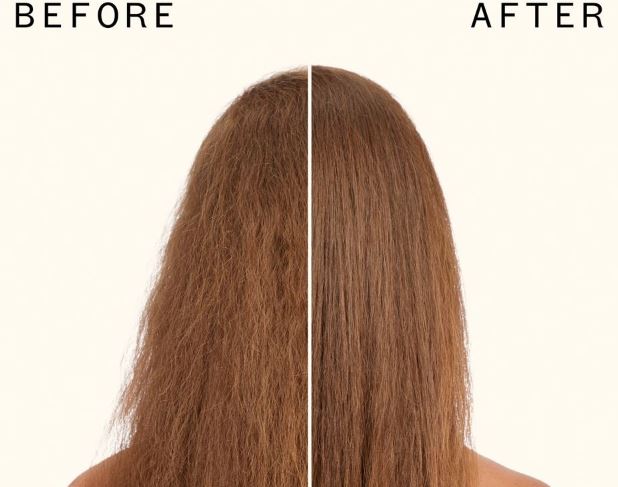 |
| The Secrets to Achieving Sleek and Straight Hair |
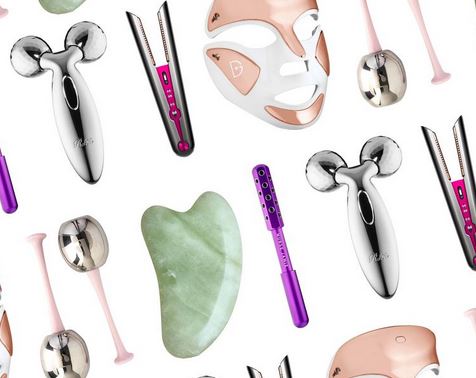 |
| Beauty tools and gadgets |
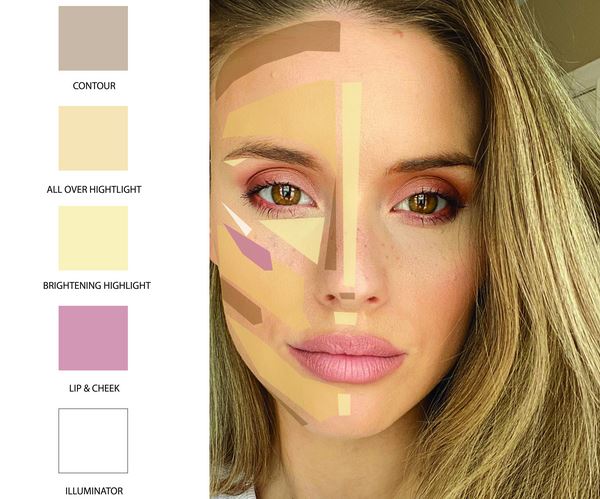 |
| The Art of Makeup Layering |
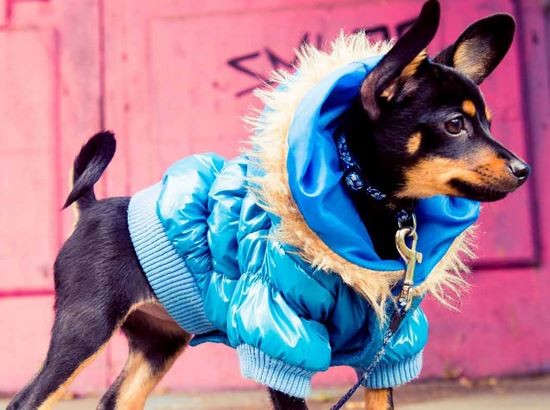 |
| How to Dress Your Dog in Style: Tips for Pet Fashion |
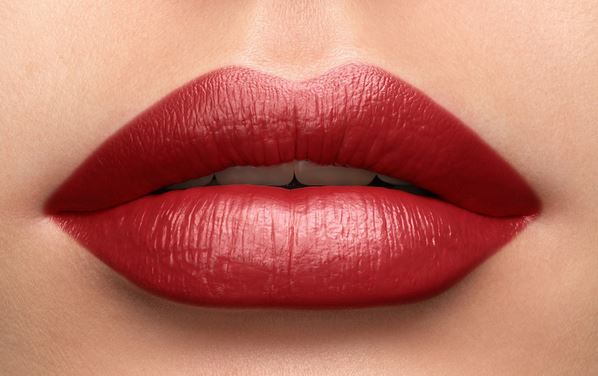 |
| Experimenting with Bold Lip Colors |
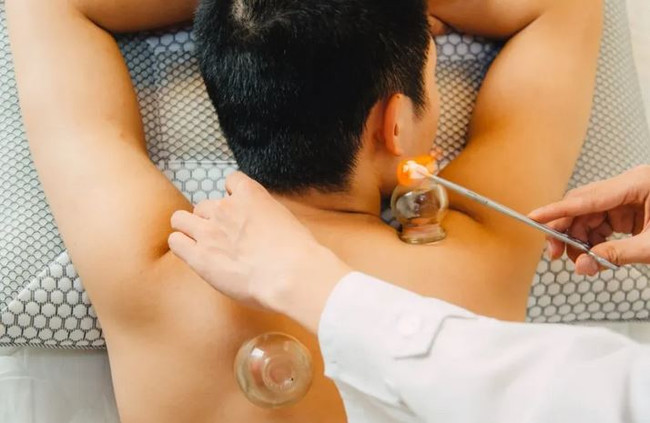 |
| Exploring alternative therapies for holistic wellness |
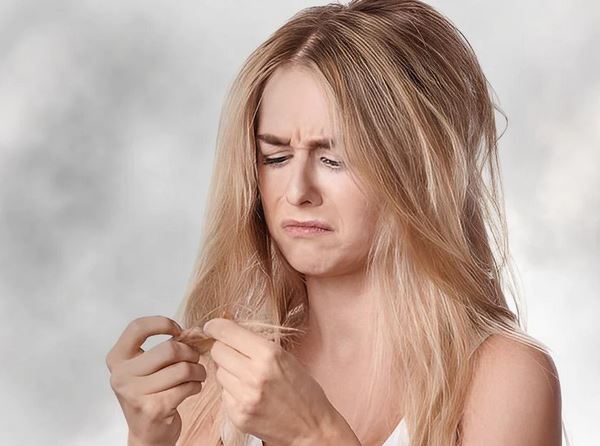 |
| How to Protect Your Hair from Pollution |
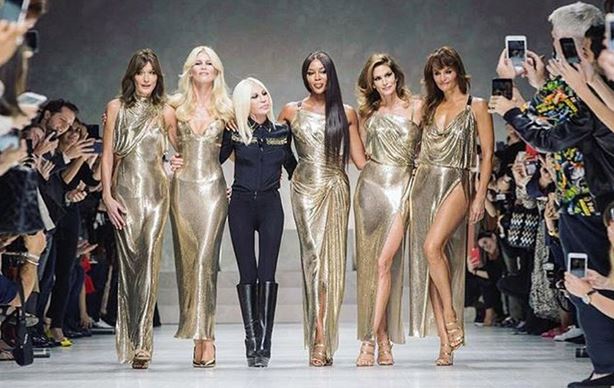 |
| Exploring the world of high-end designer fashion |
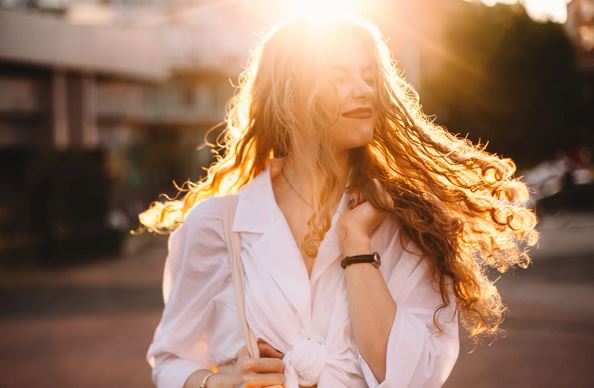 |
| The Importance of Protecting Your Hair from UV Damage |
